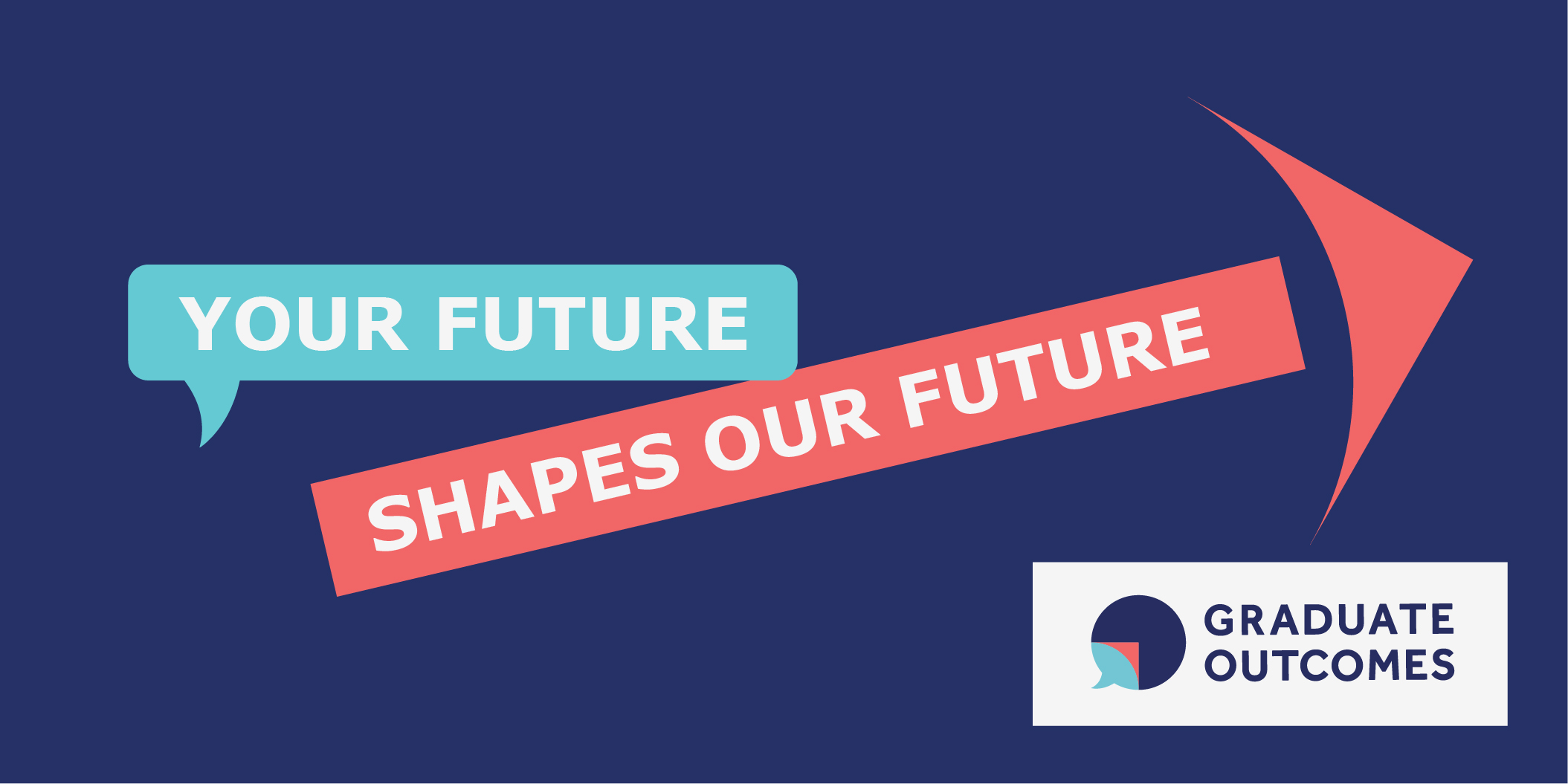King's College London Graduate Outcomes case study
Alumni communications from King’s College London are not differentiated by the date at which the graduate left the university, so in King’s Careers & Employability we needed to develop our own tailored plan to communicate with graduates that was independent of Alumni communications. It also gave us the opportunity to do some contact details testing after we had formulated our bespoke database of graduate contact details, and update any details systematically as required.
How did you put the idea into action?
A bespoke database
We built our own bespoke database first, drawing together: student records information; alumni database information; information from graduates who had registered as alumni in the careers service management system (in order to access careers services at King’s after graduation); and an online form for any student who did not want to be contacted by Alumni, but still wanted to participate in the Graduate Outcomes survey. This was a complicated project, but has enabled us to ensure that our contact database is as up to date as it can be, and it enables us to be GDPR compliant for the survey alone, without implications for any other databases or records systems at KCL. Due to complications with some internal KCL systems, and the complexity of SITS as a multi-layered system that isn't really made for reporting, this took around four months to achieve.
Three-phase graduate communications plan

We then built a simple three-phase communications plan that we feel is a good balance between engaging graduates with their career planning after King’s and advising them about the upcoming Graduate Outcomes survey. The key objective for King’s Careers & Employability is to ensure that graduates are accessing the services from us they need to enable them to achieve the right graduate outcome for them. The communications primarily include an element of reminding graduates that careers services are available to them for up to 2 years after graduation. We then shift the balance over the three communications we send out (at six months, ten months and fourteen months) from being mostly about careers services to mostly being about the Graduate Outcomes survey, though both are mentioned in all three phases of communications.
View King's College London's 6 month alumni communication
View King's College London's 10 - 11 month alumni communication
View King's College London's 14 month alumni communication

The communications always include information about how to change contact details (via an online contact form), and also provide the option to opt out of receiving further communications from us about the service/Graduate Outcomes survey.
All the communications come from King’s Careers & Employability using a generic email address, but we sought input from students and recent graduates who worked with the team on what they felt would be effective messaging. Our Alumni colleagues also have a generic message about the Graduate Outcomes survey that goes out in their regular all-alumni communications.
What was the result?
Data from our Careers Service Management System (CSMS), the portal through which graduates can register to use careers services at King’s Careers & Employability, indicates that the messaging has been very effective.
In one sample cohort:
- Graduate engagement in the two weeks following the first major Graduate Outcomes survey messaging to the cohort was 33% higher than in the two weeks after that, during which no messaging was sent
- Likewise, engagement in the two weeks after the next major messaging was 55% higher than in the two weeks which followed that fortnight
- n.b. this reflects only new graduate registrations by graduates who had not already updated their contact details and accessed services before this communications window, as our CSMS does not allow us to do more sophisticated tracking without digging down into individual graduate records.
This indicates that targeted messaging that balances an offer to graduates – reminder of careers services availability – with communications about the survey is an appropriate approach.
Feedback from a small focus group indicated that repeated reminders about the survey alone would not be an incentive to complete. While identification and engagement with a university might wane over 15 months, the interest in completing the survey might be ignited if during that period the graduate has received effective help from the university’s careers service. We know that students and graduates who have been successful as a result of working with us will get in touch to let us know and thank us; the survey might act as an extension of that on certain occasions.
Lessons learned
Building a bespoke database was extremely time-consuming, bearing in mind the complexity of local IT and records systems, but has created for us a very transparent way of managing contact details which will be trackable should HESA require it and is also GDPR compliant outside of a graduate’s relationship with the Alumni team.
Creating our own independent communications process, that ties the survey into more valuable communications to the graduate about continuing careers service access, seems to have worked well. The survey might be best presented as part of a ‘What do I give, what do I get?’ narrative, where it doesn’t just look like another demand for information but graduates understand that careers services are available to them.
Contact details
Kate Daubney, Head of King’s Careers & Employability, King’s College London: [email protected]; Institutional lead for Graduate Outcomes survey delivery
